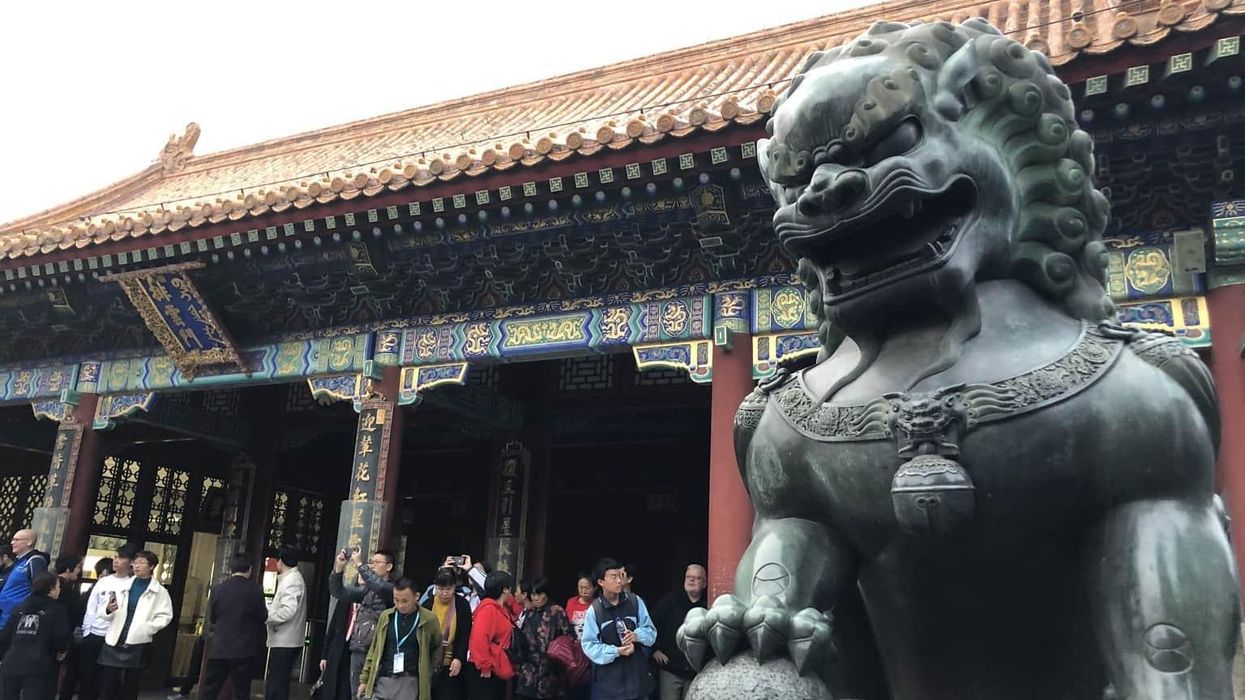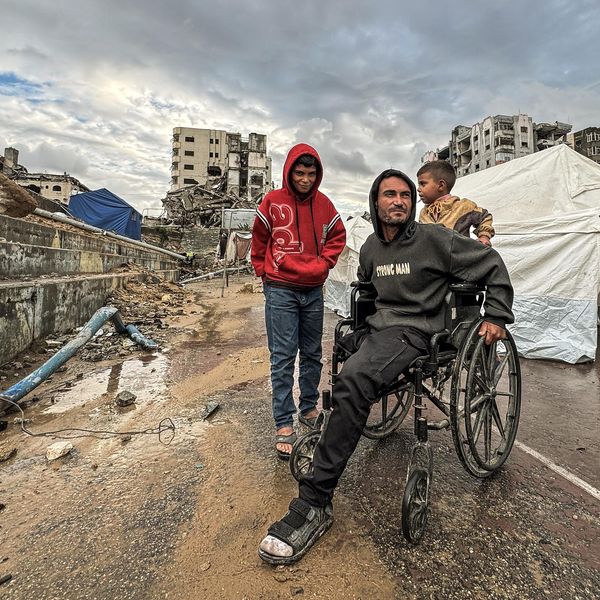On July 27, 2021 at 10 AM Korea Standard Time, South Korea and North Korea announced that their direct hotline has been restored in a move that could signal thawing of bilateral relations. The Biden administration should encourage such moves, as greater communication between the two Koreas better protects U.S. interests in the region than passively waiting for North Korea to initiate dialogue.
The announcement was important for several reasons.
First, the fact that the two Koreas timed the reopening of direct channels on the 68th anniversary of the Korean War armistice agreement indicates their desire to draw international attention to the unresolved Korean War. According to the Senior Secretary for Public Communication Park Soo-hyun of South Korea’s Blue House, "the two leaders of the South and the North...shared an understanding to recover mutual trust and again push the countries' relationship forward." The North Korean state media Korean Central News Agency affirmed this news, noting that these communication lines will play a "positive role in improving and further developing inter-Korean relations."
The strategically timed and well-coordinated nature of the move suggests that South Korean President Moon Jae-in and North Korean leader Kim Jong Un had agreed in advance on the content of the announcement and its timing. Indeed, the Blue House noted that Moon and Kim had exchanged personal letters on several occasions since April. Exploring what is possible away from the public eye is a good way to build the trust and confidence needed to get to the negotiating table, and the United States should explore similar possibilities with the help of South Koreans.
Second, inter-Korean diplomacy will likely reduce tensions on the Korean Peninsula far more effectively than through military threats such as joint U.S.-South Korea military exercises and pressure-based campaigns, neither of which have stopped North Koreans from building nuclear weapons.
To be sure, ending the Korean War will require political and diplomatic finesse, rather than solely relying on the threat of force to change Pyongyang’s behavior. As Quincy Institute President Andrew Bacevich noted, “the U.S.’s continued reliance on military deterrence to prevent the resumption of hostilities is both costly and fraught with risk.” This includes not just the threat of military confrontation on the Korean Peninsula but the risk of underestimating North Korea’s insecurities, which lead to an increasing reliance on nuclear weapons for regime survival, thereby making renewed conflict more likely.
Third, resumption of North-South direct talks could lead to an eventual resumption in U.S.-North Korea talks, which has been at an impasse since October 2019. Pro-engagement policies under South Korean Presidents Kim Dae Jung (1998-2003) and Roh Moo Hyun (2003-2008) led to progress in multilateral negotiations such as the Six-Party Talks that led to the September 2005 agreement, whereby North Korea agreed to denuclearize in exchange for certain commitments, such as affirmation by the United States that it will not attack or invade North Korea with nuclear or conventional weapons.
Unfortunately, the 2005 agreement eventually broke down when the U.S. Treasury Department sanctioned Banco Delta Asia for hosting $25 million of the Kim regime’s funds, and it became clear that the light water reactors for energy generation that was promised to Pyongyang under the Agreed Framework would never materialize. In June 2006, North Korea launched six ballistic missiles in violation of a moratorium on long-range missile launches.
Fifty years ago, the first inter-Korean hotline opened in Panmunjom in the demilitarized zone. These direct channels of communication have historically served as an important tool for confidence-building and crisis management, as well as facilitating delivery of humanitarian assistance between the two Koreas. When there are no direct communication lines, inter-Korean relations are strained, often with deadly results.
At a minimum, yesterday’s resumption of the inter-Korean hotline will provide a much-needed channel for crisis communication and in improving inter-Korean relations. A more forward-leaning way of reading the latest development is that North Korea may soon be ready to talk with the United States. When that time comes, the Biden administration should be ready to negotiate, rather than simply “leave the door open for dialogue,” as Secretary of Defense Austin noted. For upholding the Singapore Declaration, as President Biden has pledged to do, will require taking a broader view of denuclearizing the Korean Peninsula to include formally ending the Korean War, however belatedly.
















